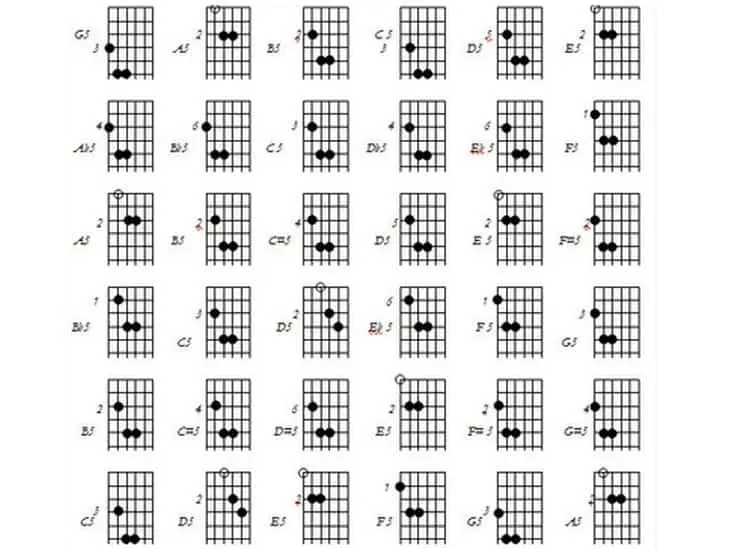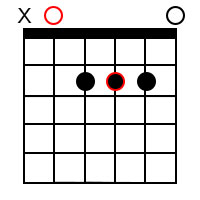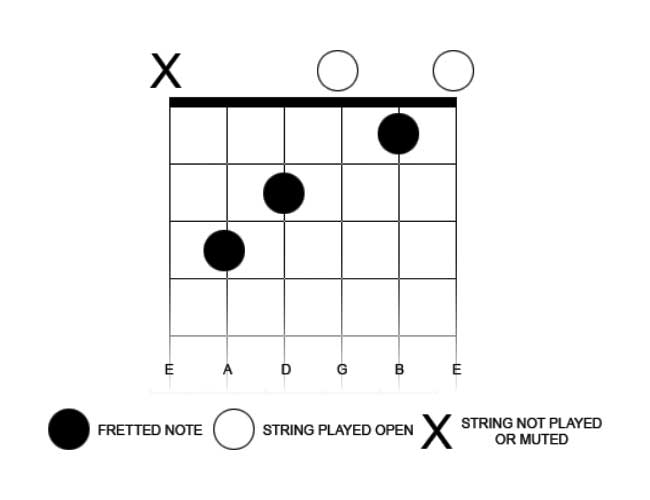

The CAGED system shows us that all of the chord shapes are connected to one another. Using the CAGED Shapes to Form Chord Positions It makes it a lot easier to identify chord positions and the relation between the chords in that position. It’s important to know the CAGED chord shapes thoroughly.

If you’re familiar with the CAGED guitar system, you know that every chord can be mapped back to 5 basic major and minor chord shapes: To help simplify the concept, we’re going to lean on the CAGED system to help map the chords to familiar chord shapes. I try not to overhype any given concept for learning the guitar, but this is one that can literally kick down the door to unlocking the fretboard. There’s a really powerful aspect of learning the guitar chord number system that can expand your understanding of the guitar fretboard immensely. So how do we apply this effectively to the guitar fretboard? Applying the Chord Number System to the Fretboard Likewise if you wanted to transpose to G major, etc. If you want to move to the key of C major, you would use C major as your root chord. You can apply this to any key by simply changing the root chord, or I chord. Using the chord table above, if someone says play a I-IV-V chord progression in the key of A the chords would be:Ī chord progression of I – vi – iii – IV would be:įrom these examples you can see that the chord number is based on the scale degree from which the chord is built while the quality of the chord is noted by using either uppercase or lowercase numerals. The one chord will always be major, the two chord minor, and so on. These chord qualities hold true for all major scales. The 7 chord is diminished, which is represented with °. Uppercase numerals represent major chords while lowercase numerals represent minor chords. Note that this also denotes the chord quality. The numerals on top represent the scale degree from which each chord is derived.

In the table below, you see all of the scale degrees and chords that are built from the A major scale. If you’re not familiar with building chords from scales, you should first read Building Chords from the Major Scale to have a better understanding.įor this lesson, we’re going to use the key of A major. Guitar Number SystemĬhords for a key are built from the scale for that key. Let’s start out with how the chords of a given key are numbered and then take a look at how these numbered chords can be applied to the fretboard. It’s also helpful when it comes to applying chord function to chord progressions.
Chords and their notes how to#
You don’t necessarily have to know each chord by name if you understand how to recognize the relations of chords by number on the fretboard. Playing by number makes it super easy to transpose chord progressions to a different key. Chords are built from each degree of a scale, with the degree of the scale being assigned a number. The guitar number system is a way to refer to chords by using a number instead of by name. Learning to apply the guitar number system to chord progressions is one of those concepts.

Sometimes you come across a concept on the guitar that provides that “aha” moment that takes your understanding of the guitar fretboard to a whole new level. This helps cover costs of maintaining this website. As an Amazon Associate I earn from qualifying purchases. NOTE: This lesson contains affiliate links. Applying the Guitar Number System to Chord Progressions


 0 kommentar(er)
0 kommentar(er)
